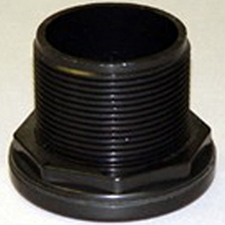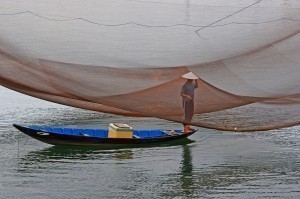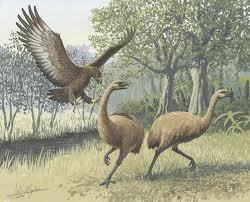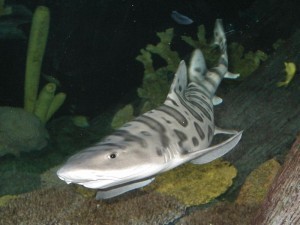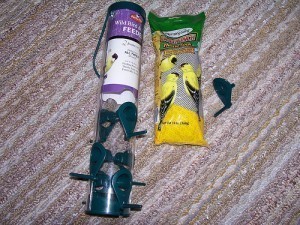Pacific Sanddab Sizes
Citharichthys or the Sanddab is a flatfish genus belonging to 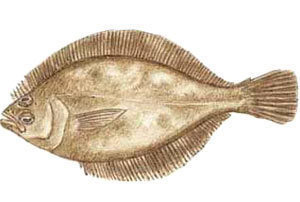 the Paralichthyidae family of large-tooth flounders. They are characterized by their dull light-brown bodies with splotches of black or brown and occasionally orange or yellow. Like many other flatfish, both of their eyes lie on the left side of their head.
the Paralichthyidae family of large-tooth flounders. They are characterized by their dull light-brown bodies with splotches of black or brown and occasionally orange or yellow. Like many other flatfish, both of their eyes lie on the left side of their head.
The most common sanddab species is Citharichthys sordidus or the Pacific sanddab. As its name suggests, it is endemic to the northern Pacific Ocean, ranging from the Sea of Japan to the Californian coast. It is notable for its light-brown color, black or brown mottles and sometimes orange or white spots. A medium-sized species, it can attain a length of 41 cm (16 in) and a weight of 2 lbs, but its common size is only 25.4 cm (10 in) and its average weight not more than 1/3 lbs.
The pacific sanddab shares its habitat with its cousin, Citharichthys stigmaeus or the Speckled sanddab. This species is endemic to the eastern Pacific Ocean, from Alaska to Baja California in Mexico. It has a dull-brown or tan-colored body with a pale-brown or white underbelly, the males of the species usually bearing orange mottles. Considerably smaller than its relative, it is known to grow up to a maximum size of 17 cm long.
Also prevalent in the eastern Pacific Ocean, located off the Mexican coast, is Citharichthys gordae or the Mimic sanddab. It is a bottom-feeding species, or a demersal fish, which live on or close to the bottom of the sea or of lakes. Specifically, mimic sanddab thrive on the muddy or sandy depths of tropical bodies of water. Brownish in color with darker mottles, it can achieve about 14 cm (5.5 in) in size.
Citharichthys platophrys or the Small sanddab is another demersal species that inhabits the bottom of tropical waters. It is also endemic to the eastern Pacific Ocean, distributed from the Gulf of Mexico to Peru. True to its name, it could only grow up to about 10 cm (3.9 in) in size.
As with previous sanddab species, Citharichthys fragilis or the Gulf sanddab occurs in the eastern Pacific Ocean. In this case, it ranges from the northern coast of Manhattan Beach to the southern Gulf of California. It is also a demersal species living in the sandy depths of tropical waters. Its body has a brownish hue marked with darker splotches, and a pale-colored underside. It shares the same size as the Small sanddab, growing approximately only 10 cm (3.9 in) in length.
